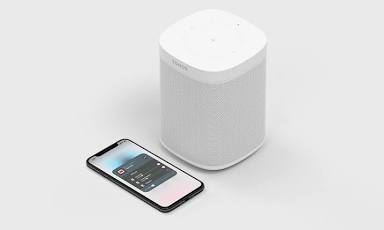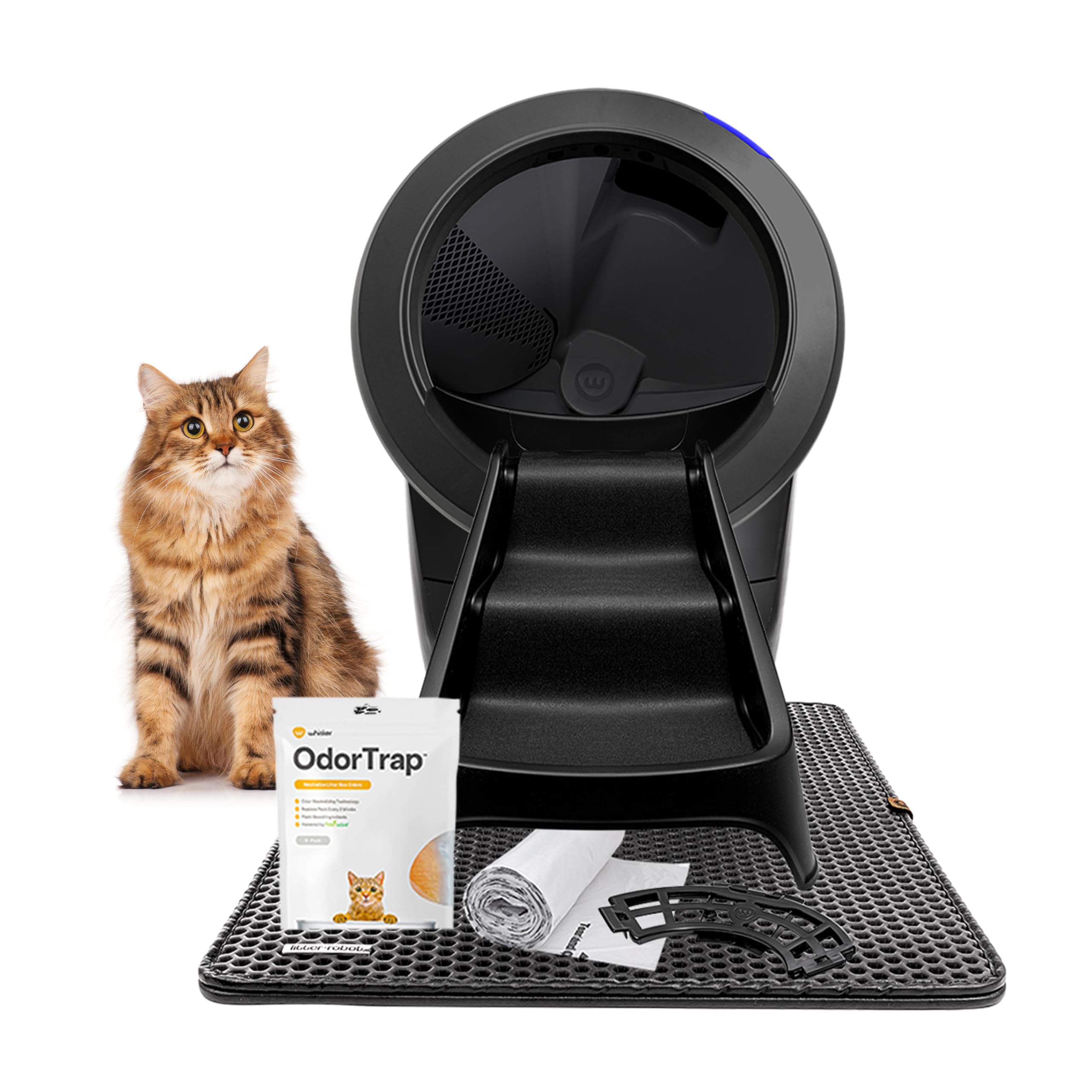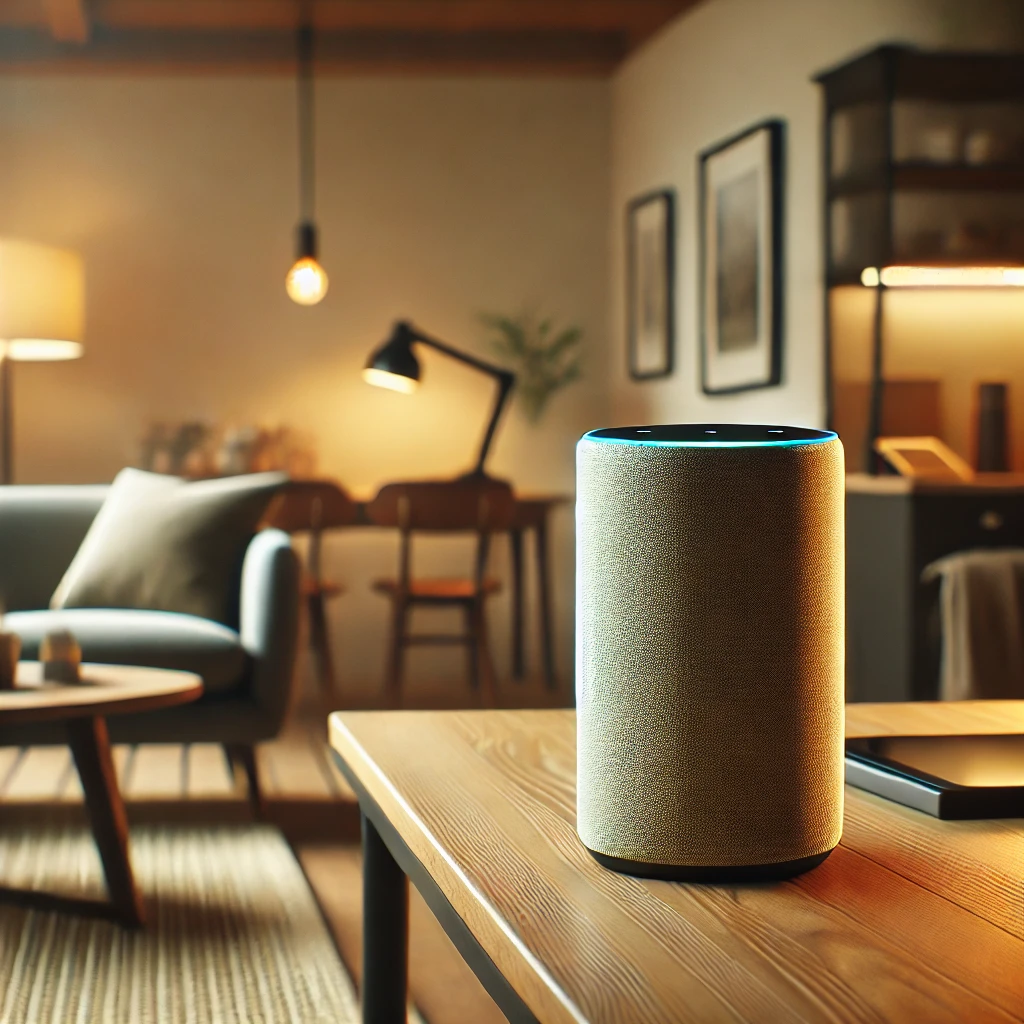-

A Guide to Robot Lawn Mowers: How to Choose the Best Model for Your Needs
The Rise of the Robot Lawn Mower Tired of spending your weekends pushing a heavy lawnmower? Join the growing number of homeowners embracing the convenience of robot lawn mowers. These ingenious devices are revolutionizing lawn care, offering a hands-free way to maintain a perfectly manicured yard. This article provides a comprehensive guide to selecting the…
-

How to Link Sonos Speakers to Apple HomeKit for AirPlay and Automations
Introduction to Sonos and Apple Home Integration Sonos and Apple Home are two of the most popular smart home ecosystems, and integrating them can enhance your audio experience and streamline home automation. By linking Sonos speakers to Apple Home, users gain access to unified control, Siri voice commands, and seamless music playback across Apple devices.…
-

How to Connect Your Google Calendar to Alexa
Learn how to connect your Google Calendar to Alexa. Follow our easy setup guide and manage your schedule hands-free.
-

Alexa+ Launches with New Features and Things to Try on Your Echo Devices
Amazon has taken its AI assistant technology to the next level with Alexa+, an enhanced version of the well-loved Alexa assistant. This upgraded AI brings a more intuitive, conversational, and personalized experience to users, making everyday tasks even more effortless. Whether it’s managing smart home devices, scheduling appointments, or delivering expert insights, Alexa+ is designed…
-

Best Outdoor Security Cameras Without Subscription: Top Picks for 2025
Discover the top outdoor security cameras of 2025 that offer robust features without the need for monthly subscriptions. Explore our best overall, budget, and upgrade picks to secure your home cost-effectively. With increasing concerns over home security, outdoor security cameras have become an essential tool for homeowners and renters alike. However, many of the most…
-

Best Automatic Cat Litter Box: Top Picks for 2025
Discover the best automatic cat litter boxes of 2025, featuring top models like the Whisker Litter-Robot 4 and PETKIT PuraMax. Learn about their features, benefits, and how they can enhance your cat’s well-being. Maintaining a clean and odor-free litter box is one of the biggest challenges of cat ownership. Traditional litter boxes require frequent scooping,…
-

Roomba vs. Shark: Which is the Better Robot Vacuum?
Explore a comprehensive comparison between Roomba and Shark robot vacuums, evaluating performance, navigation technology, pet hair removal, pricing, battery life, app usability, maintenance, and the role of mindfulness in choosing the right device for your home. Performance Comparison – Evaluating Cleaning Efficiency on Various Surfaces When it comes to cleaning performance, Roomba and Shark vacuums…
-

How to Enhance Your Home’s Energy Efficiency for Greater Comfort and Savings
Why Home Energy Efficiency Matters With rising energy costs and increasing environmental concerns, homeowners are prioritizing energy efficiency more than ever. Making your home more energy-efficient not only helps reduce monthly utility bills but also improves indoor comfort and contributes to a more sustainable future. A well-insulated and properly sealed home maintains more stable indoor…
-

Insulate Crawlspace: How to Prep, Choose Materials, and What Benefits to Expect
Crawl spaces play a significant role in your home’s overall energy efficiency, indoor air quality, and structural health. If left uninsulated or improperly sealed, they can become a major source of energy loss, excess moisture, and even mold growth. Proper crawl space insulation helps regulate temperatures, prevents heat loss, and improves your home’s comfort levels…
-

Gardyn Home Kit Review: Revolutionizing Indoor Hydroponic Gardening
Explore the Gardyn Home Kit, an innovative indoor hydroponic system that allows you to grow fresh produce effortlessly at home. Learn about its features, user experiences, smart home integrations, and whether it’s worth the investment. What Is Gardyn? As a passionate gardener and smart home enthusiast, I’m always on the lookout for products that simplify…
-

How to Turn Up Your Water Heater Temperature: A Step-by-Step Guide
Hot water is essential for many everyday activities, from bathing to washing dishes. However, ensuring that your water heater is set to the optimal temperature is about more than just comfort—it also impacts energy efficiency, safety, and the longevity of your appliance. Incorrect settings can lead to problems like scalding, bacterial growth, or increased energy…
-

Indoor Plant Watering Systems: The Ultimate Guide
Explore the best indoor plant watering systems, from drip irrigation to self-watering planters, and discover how to keep your plants thriving with minimal effort and maximum efficiency. Why You Need an Indoor Plant Watering System Indoor plants are more than just decor—they’re living companions that purify the air, reduce stress, and bring a touch of…
-

Weird & Funny Things to Ask Alexa: Unlock Easter Eggs Inside Amazon’s Smart Assistant
Discover a collection of hilarious and quirky prompts you can ask Alexa, from beatboxing to cultural references, and unlock the fun side of your smart assistant. Wait, Why Should I Even Ask Alexa Weird Things? Alexa, Amazon’s smart assistant, has become a household staple for setting reminders, controlling smart devices, and answering questions. But did…
-

Best Budget Projectors for Less Than $200: Our Top Picks for 2024
Finding the best budget projector under $200 can be tricky, especially when trying to balance features like brightness, image quality, and durability. Over the years, I’ve tested numerous budget projectors, and while they may not have the premium feel of high-end models, they still provide an excellent viewing experience without breaking the bank. I’ve compiled…
-

Apple AirTag Hacks and Tricks for Tracking Pets, Kids, Cars, and More
As a parent, pet owner, and someone who enjoys an active lifestyle, I’ve come to appreciate the convenience and peace of mind that technology like the Apple AirTag provides. What started as a small device to track personal belongings has evolved into a versatile tool that can help keep tabs on everything from pets to…
